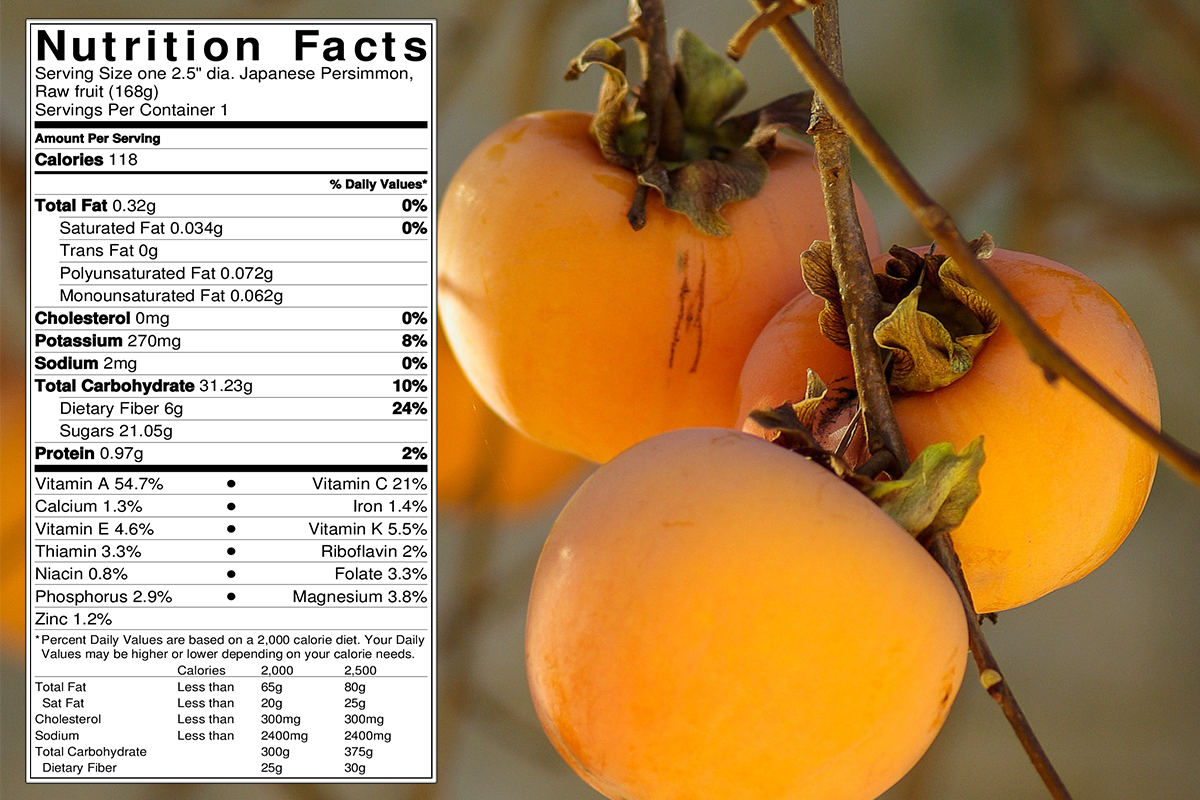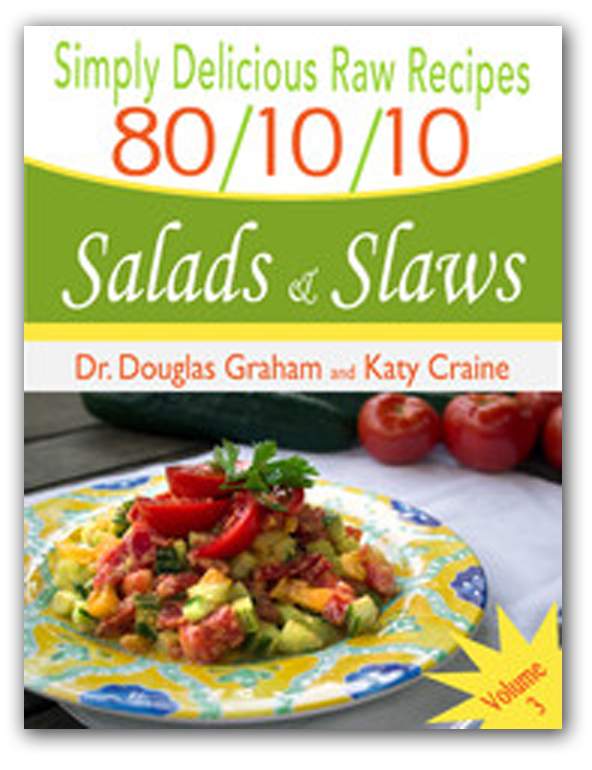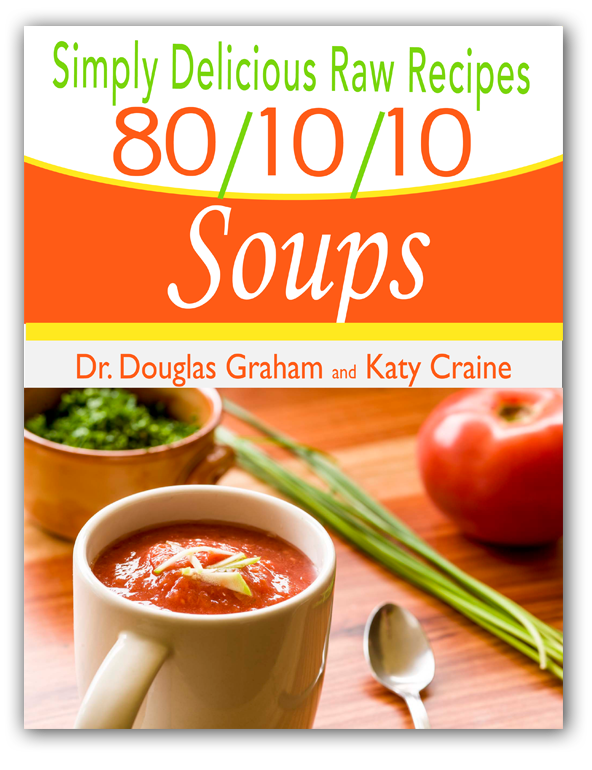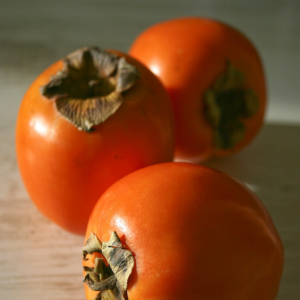
One Japanese fruit (2 ½ inch diameter) contains 118 calories.
95% carbs, 2% fat, 3% protein
The Greeks called them “the food of the gods,” and many historians believe that persimmons were the intoxicating fruit of isle of the Lotus Eaters, the fruit so deliciously addicting that Odysseus
had to force his men to leave off eating them and return to the ship.
Persimmons come in many shapes, sizes, and colors. Some varieties cause the “persimmon pucker” — an unpleasant dry sensation like biting into an extremely green banana — so it’s important to know which variety you’re dealing with before taking a bite.

Marmosets like persimmons too!
History
As if we need any further proof that persimmons are special, they’re one of the few fruits native to all continents (except of course Antarctica!). However, only one species is grown commercially: Diospyros kaki.
This species originate throughout China and the cool mountain air of the Himalayas, in some cases up 8,000 feet in elevation. Over time they spread to Northern Thailand and Vietnam, Korea, and Japan, where Commodore Perry found them on an ambassadorial trip in 1853. He returned to the United States bearing seeds of the first persimmons planted in the United States. By 1870 the USDA was importing commercial varieties, but persimmons never became as main stream as pears or apples, despite being more nutritious.
Persimmons are sometimes broken up into two categories. “Native” refers to the very small, North American persimmon Diospyros virginiana, while “Japanese” refers to both Hachiya and Fuyu Diospyros kaki.
contributed by: Kevin Bey
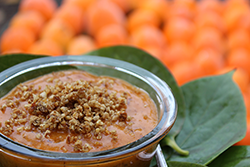
Ingredients:
4 medium persimmon, Hachiya or Fuyu
6 small dates, pitted
½ tsp. cinnamon
¼ cup dried mulberries
Directions:
- Peel the persimmons, and place them in the food processor along with the pitted dates and cinnamon.
- Blend to a smooth pudding.
- Process the dried mulberries in the food processor, until they create a crumble.
- Garnish the top of the pudding with the crumbled mulberries and enjoy!
A Few Varieties:
Fuyu: Sometimes called the “Apple Persimmon,” these medium-sized, pale orange fruits look like flattened beefsteak tomatoes or ornamental pumpkins. They are not astringent, and can be eaten either crunchy like an apple, or ripened until very soft. Many people prefer them at a ripening stage half-way between crunchy and fully ripe, when the flesh develops a smooth, buttery quality and becomes juicy.
Hachiya: At one time the most popular persimmon, Hachiyas are deep-orange, acorn-shaped fruits. They must be eaten fully ripe, when the flesh is so soft it threatens to leak out of the saggy-baggy skin.
Triumph (Sharon Fruit): In some places “Sharon Fruit” refers to all persimmons, but the name really refers to one variety bred on Israel’s Sharon Plain. This small, seedless variety was chosen for its extra high sugar content, but it is astringent and must be fully ripe before being eaten.
“Chocolate” or “Cinnamon”: Not to be confused with chocolate sapotes, these distinctive persimmons are orange on the outside but have a browned interior, as if they have oxidized or begun to rot (they haven’t). A strange quirk to chocolate persimmons is that they can be eaten firm like Fuyus only if the fruit contains seeds. Seedless chocolates need to be ripened like Hachiyas. This is because the seeds produce small quantities of alcohol that deactivate the tannins responsible for the astringent fuzzy mouth familiar to impatient persimmon lovers. Chocolate or Cinnamon persimmons are gaining in popularity in California.
How to Select and Store a Good Persimmon:
Look for persimmons with a deep, rosy orange blush. A fully ripe persimmon is extremely fragile, so most of the persimmons you encounter at the store will be hard and some inedible. It may be weeks before they are ready for consumption, particularly astringent varieties like Hachiya, so plan ahead. Set your persimmons crown-side down on a shelf or box lined with paper towels. Try not to stack Hachiyas in multiple layers, as they are easily damaged. Cover with a towel to speed ripening.
